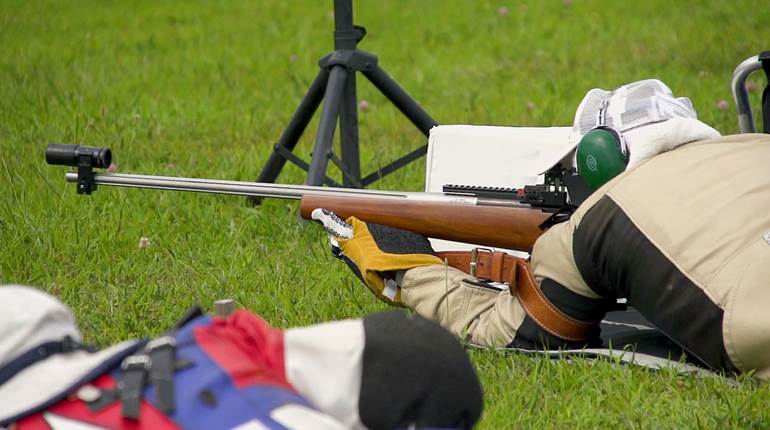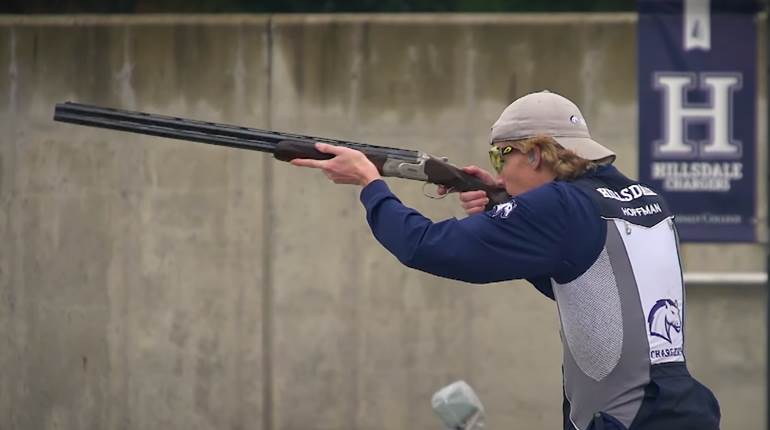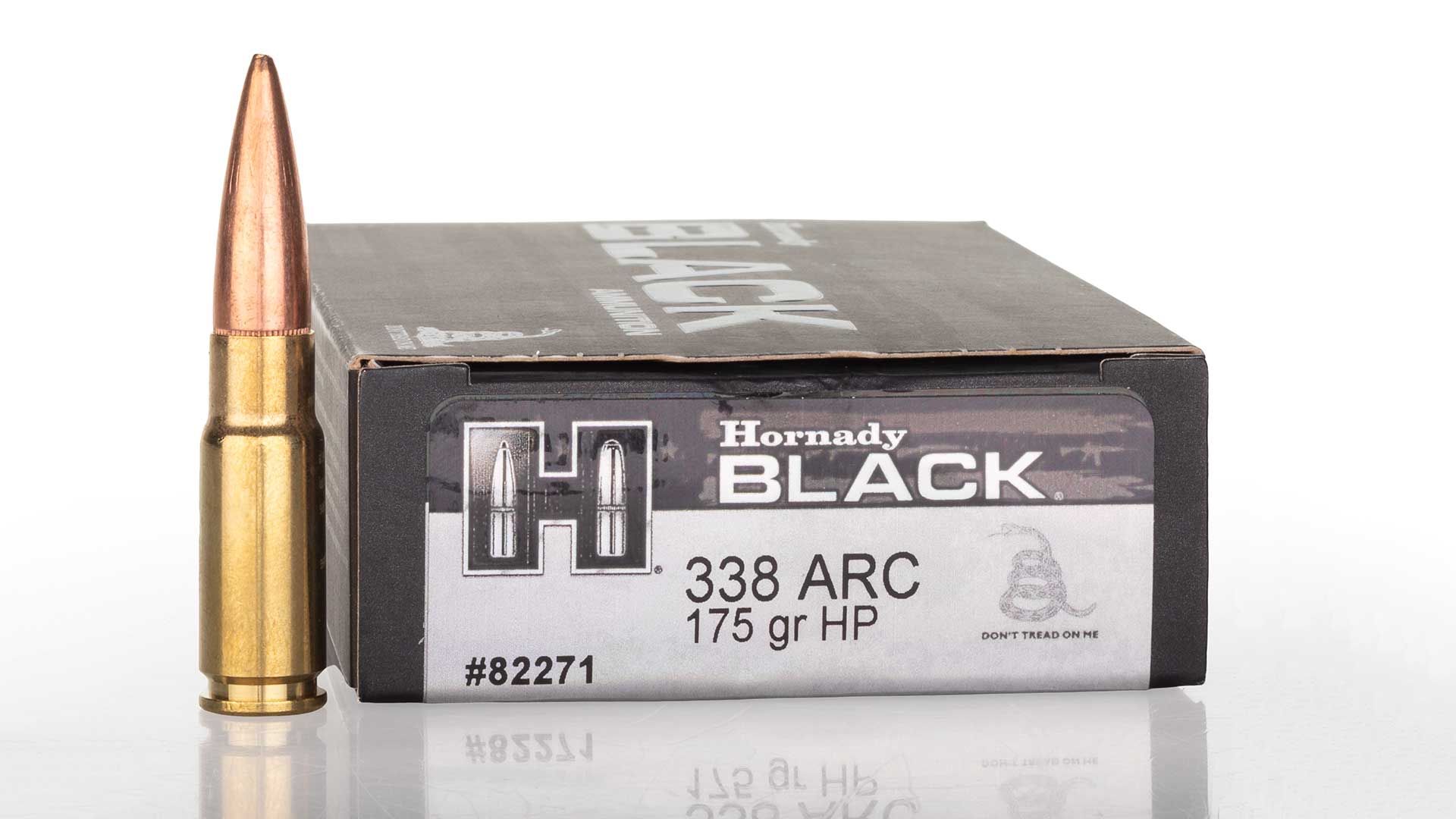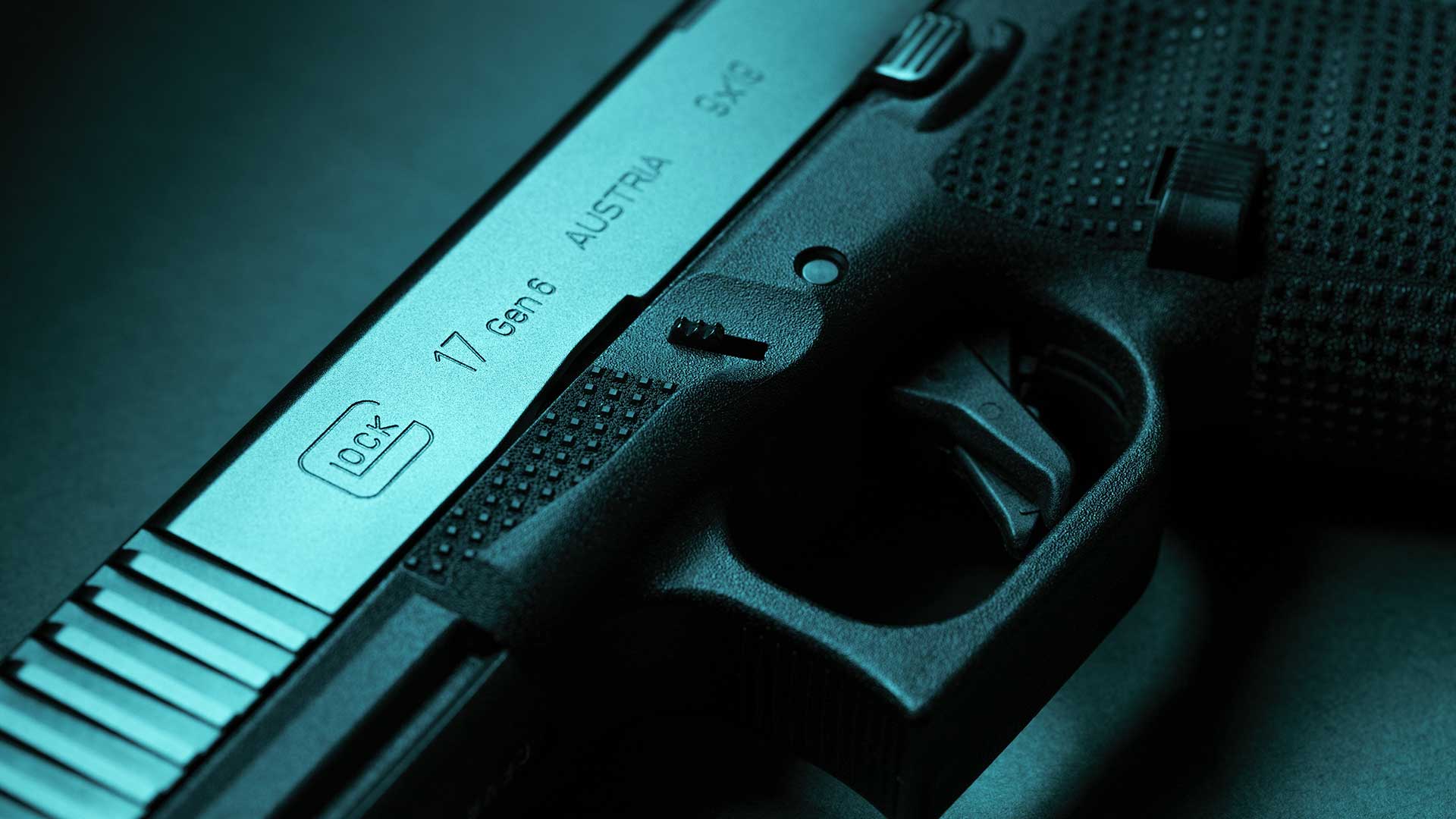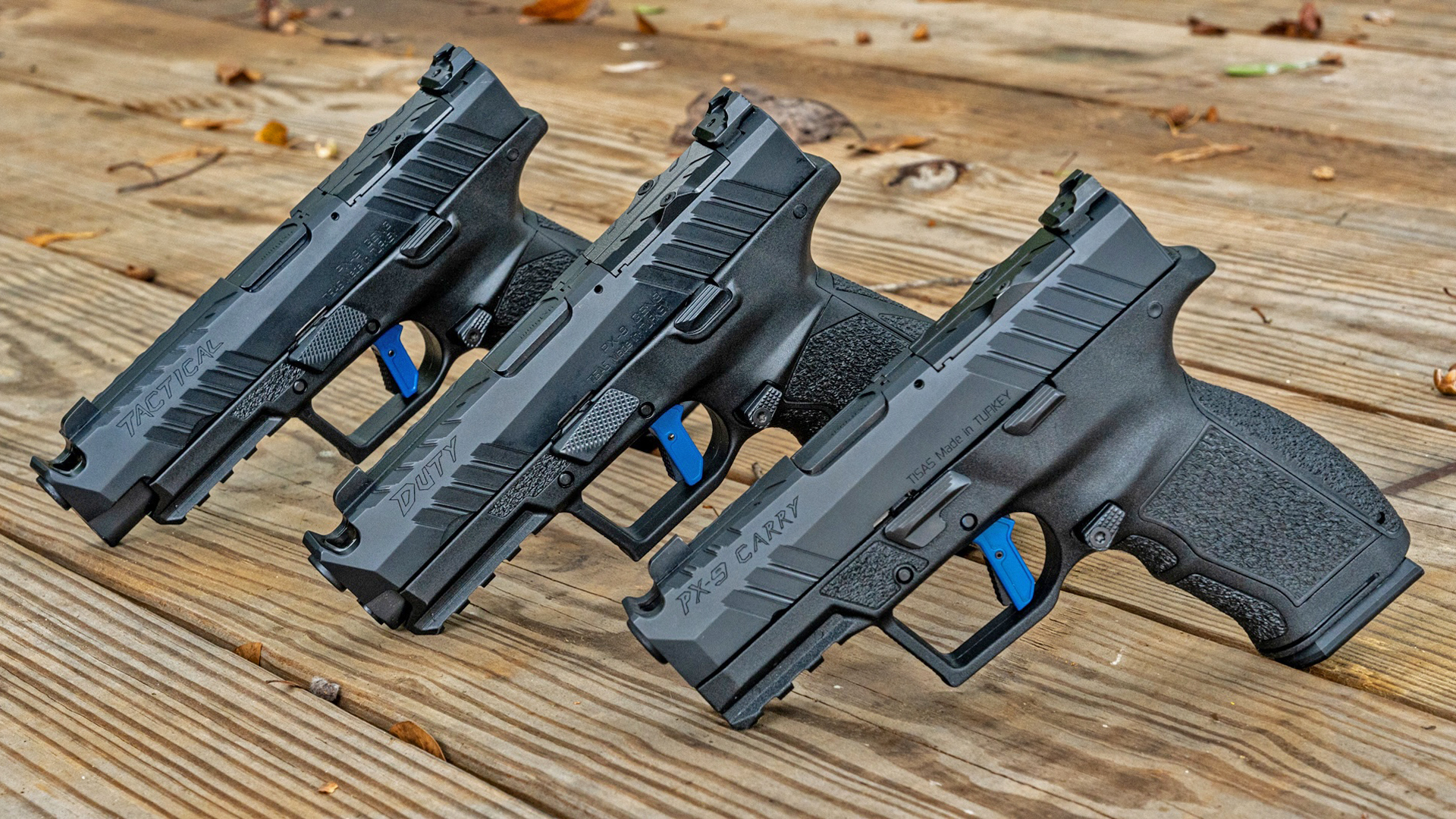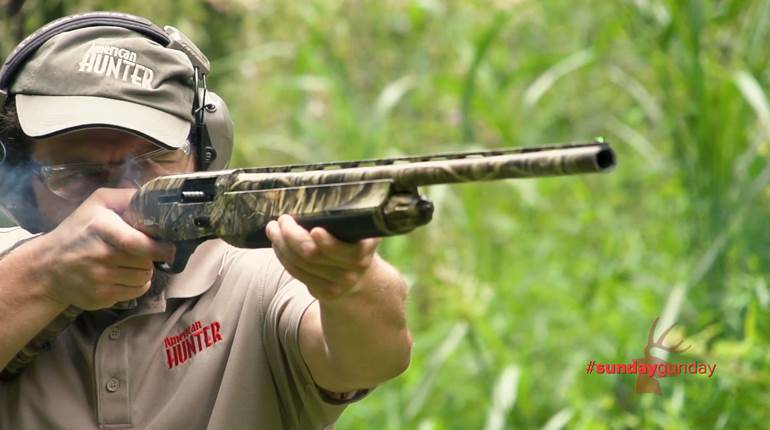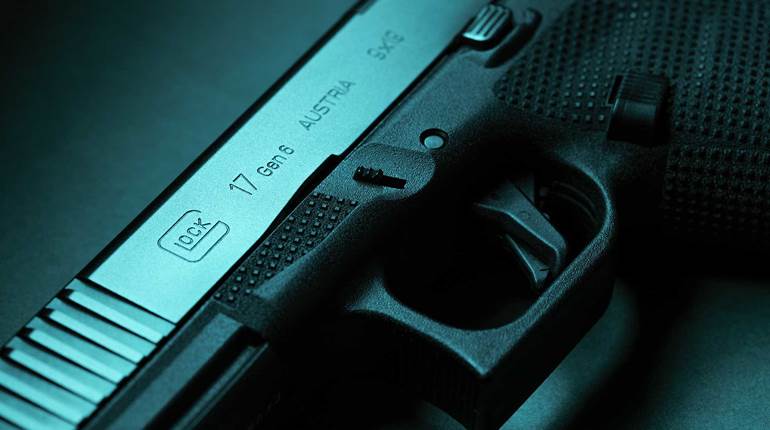
The design work for the SKS-45 began during World War II when the Russian military began to look for a new self-loading carbine chambered for a new, less powerful cartridge compared to the 7.62x54 mm that was standard at the time. Simonov had two self-loading designs used by the Red Army at the time, the select-fire AVS-36 chambered in 7.62x54 mm R and the semi-automatic PTRS-41 anti-tank rifle chambered in 14.5x114 mm. the later systems proved to be reliable with Simonov's long-stroke gas-operated system and bolt design.
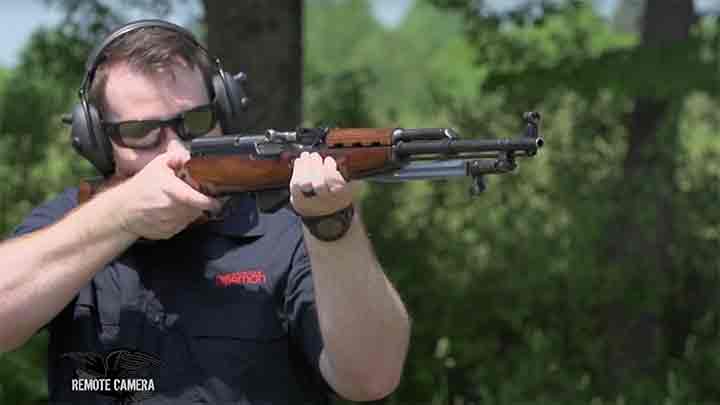
In 1943, the Red Army developed and adopted a less powerful cartridge compared to the 7.62x54 mm R, the 7.62x39 mm M1943, and sought a new semi-automatic rifle chambered for the new cartridge. Simonov downsized the operating system of the large PTRS-41 around the smaller cartridge into a semi-automatic carbine, which was accepted by the end of the war and adopted in 1949 as the Self-loading Carbine System Simonov 1945, or SKS-45.

The SKS-45 is a gas-operated carbine with a conventional layout for the time, with a wood stock covering most of the body. The bolt carrier is spring loaded, using the pressure of the gas-driven operating rod to unlock the bolt. The magazine is fed either with 10-round stripper clips or by single loading, with the original SKS designs incorporating a fixed internal magazine. The design also features a folding bayonet as seen on some examples.

The SKS-45 replaced the SVT-40 as the standard issue rifle of the Soviet Union after World War II until the adoption of the select-fire AK-47 a short time later. Despite being largely replaced at the forefront of Soviet small arms by the Kalashnikov, The SKS-45 continued to see Soviet service throughout the Cold War with border guards, internal forces and reserves. It saw even more extensive service with other communist nations, some of which even produced their own versions which includes China and Yugoslavia.

It is estimated that more than 15 million SKS-45 carbines and variants were produced in total, and it is still in use with some militaries today. Large quantities of the SKS-45 were exported to various places around the world, where it continually proved to be popular with the guerrillas and insurgent groups that used it. Even today, it is still used by militant groups around the world from Asia to the Middle East. It's reliable yet simple action and softer recoil due to the 7.62x39 mm chambering have also made the SKS-45 a popular surplus firearm in the U.S. market, where genuine Russian examples command a premium.
To watch complete segments of past episodes of American Rifleman TV, go to americanrifleman.org/artv. For all-new episodes of ARTV, tune in Wednesday nights to Outdoor Channel 8:30 p.m. and 11:30 p.m. EST.

